What is Hanami?
Hanami (花見), meaning flower viewing, is a traditional Japanese custom of appreciating flowers. Hanami usually refers to viewing cherry blossoms, commonly known by the Japanese name Sakura (桜). However, the term applies to all kinds of flowers.
Hanami involves an outdoor party, usually under or near a flowering sakura tree. People usually pack large amounts of food and drink for a hanami, sake is a very popular drink to take and consume at a hanami, along with bento, dumplings and yakitori to eat. Many hanami involve playing and listening to music on portable devices, and there is a lot of noise and celebration.
Large groups of people attend hanami. Every year, thousands gather in parks across Japan to celebrate this short annual event. In popular parks, especially in cities like Tokyo, there is high demand for good spots. Sometimes, a person will sit on a large mat all day to reserve a spot for their group while others prepare for the festivities.
History

Hanami is a centuries-old tradition first documented in the classic Japanese novel ‘The Tale of Genji’ in the eleventh century. The Heian period Emperor Saga held Hanami parties with sake and feasting at the Imperial Court in Tokyo, at that time only for the elite of society, but the Hanami tradition began to spread through samurai society, eventually becoming a common event during the Edo period.
Originally, sakura was used to predict the quality of the rice harvest and to indicate that it was time to plant rice seeds for the new season, and drinking sake at a hanami is a tradition that has survived through the centuries.
Sakura – Cultural Icon of Hanami
Sakura is the most popular flower for Hanami. There are many sakura trees in Japan lining the streets and parks. Around May, there are many sakura blossoms falling on the streets and filling the lawns of parks. So no matter where you are in Japan, you can enjoy the beauty of the flowering sakura tree.
Meaning and Symbolism
Small, pale pink petals, so tiny they appear white from a distance, fill the sakura trees, often called ‘cloud trees’. The sakura tree originally produced small cherries, although some modern cultivars now flower without fruit. People compare the beauty of sakura blossoms to the transience of human life, as they only bloom for a short time.
The flowering of sakura marks the end of holidays and the return to work or school. Sometimes a hanami is held as a farewell to those leaving for university or a new job. It also marks the beginning of the new fiscal year in Japan, and the quality of the flowers is a predictor of success for the coming year.
When the cherry trees bloom
Sakura cherry blossoms bloom throughout Japan from around late March to early May, although the timing varies from region to region and can be as early as the first week of February in southern areas such as Okinawa.
Each year, the Japan Meteorological Agency and private organisations issue cherry blossom forecasts. Many Japanese keep a close eye on when the first blossoms will appear. The cherry blossoms only last for a week or two, so if you are planning to attend a sakura hanami, you will need to prepare for the exact timing of the blossoms.

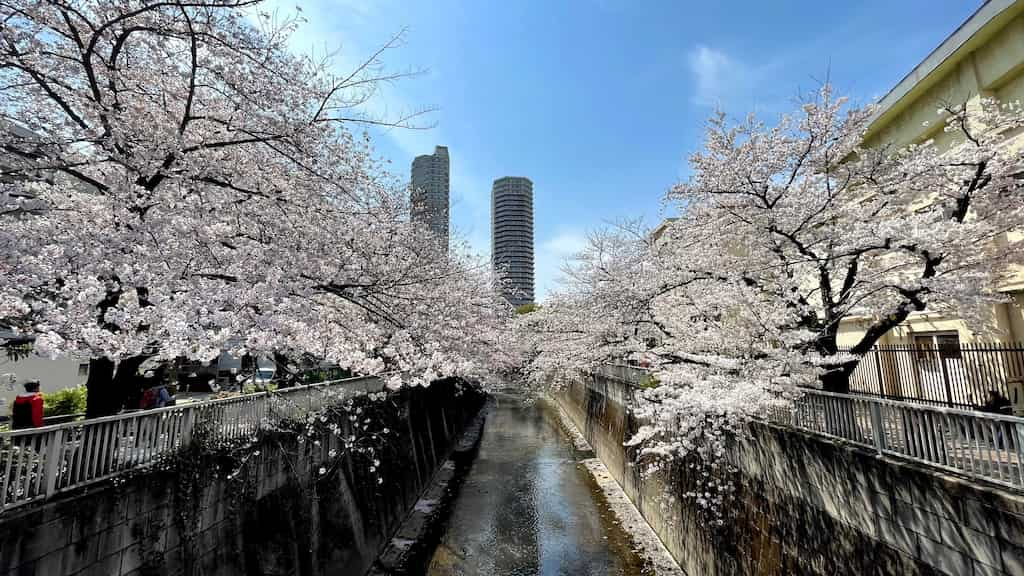
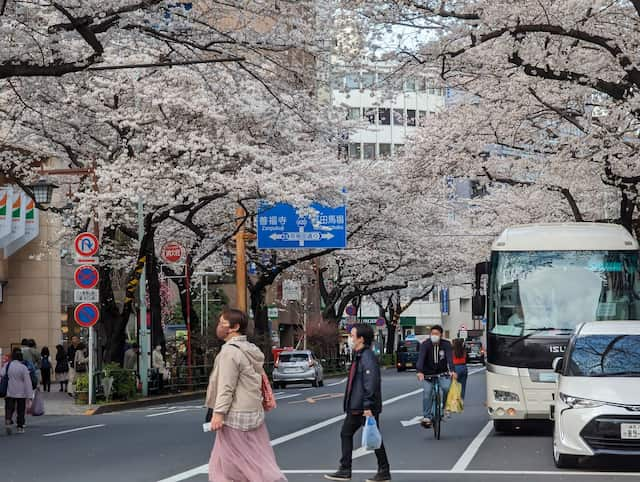
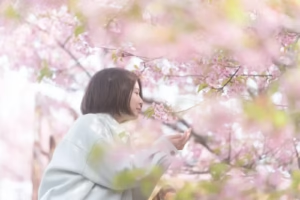
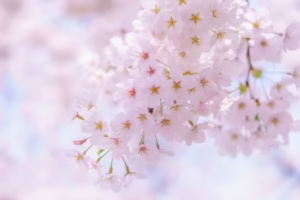
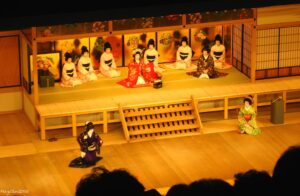


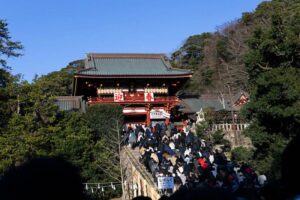
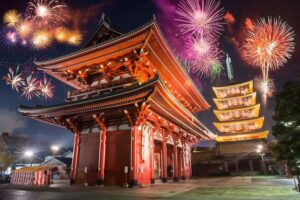
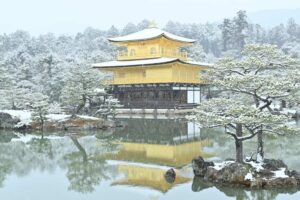
Comments